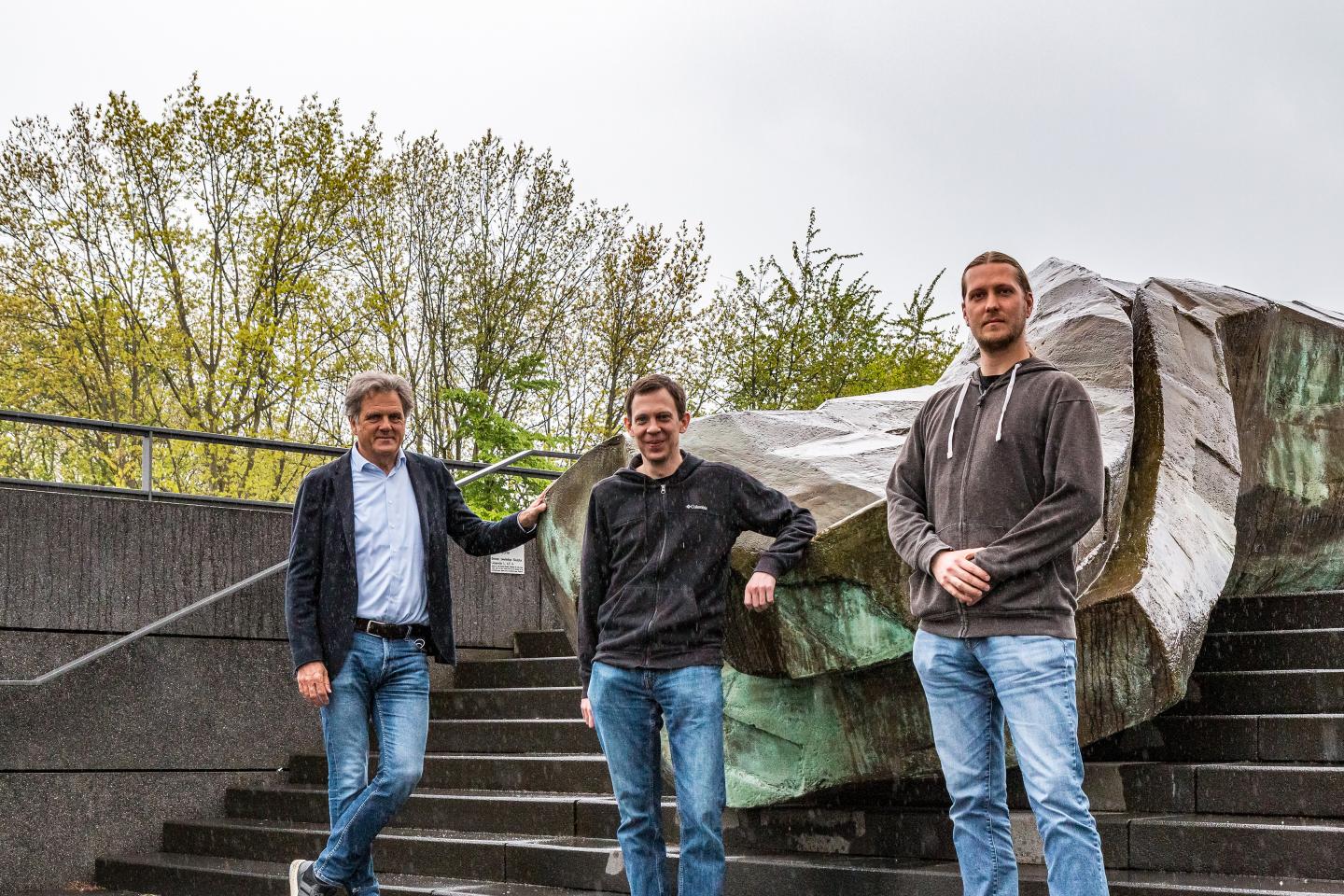
Credit: Centre for Protein Diagnostics (PRODI)
Today, proteins that can be controlled with light are a widely used tool in research to specifically switch certain functions on and off in living organisms. Channelrhodopsins are often used for the technique known as optogenetics: When exposed to light, these proteins open a pore in the cell membrane through which ions can flow in; this is how nerve cells can be activated. A team from the Centre for Protein Diagnostics (PRODI) at Ruhr-Universität Bochum has now used spectroscopy to discover a universal functional mechanism of channelrhodopsins that determines their efficiency as a channel and thus as an optogenetic tool. The researchers led by Professor Klaus Gerwert describe the results in the journal Communications Biology of 14 May 2021. They expect that the findings will help tailor more efficient optogenetic tools in the future.
Properties of natural proteins not optimal for optogenetics
“The introduction of light-sensitive proteins into organisms for the targeted control of certain functions from the outside offers enormous potential for neuroscientific research and its therapeutic application,” says Klaus Gerwert. “Unfortunately, the properties of these naturally occurring proteins, for example in green algae, are not always optimal for the relevant optogenetic application.”
For this reason, the properties of the proteins have to be adapted by changing their gene sequences. Currently, this is done based on trial and error. “In order to specifically optimise the proteins for their potential applications, a deep understanding of molecular reactions and the resulting ion conduction is necessary,” points out Klaus Gerwert. “We obtain the necessary structural dynamic understanding of protein mechanisms with high spatial and temporal resolution by combining time-resolved Fourier-transform infrared spectroscopy and biomolecular simulations,” explains PRODI researcher Dr. Till Rudack.
Molecular mechanisms determine efficiency
Using these methods, Klaus Gerwert and his team recently discovered the mechanism that causes the channelrhodopsin 2 protein, which is widely used in optogenetics, to lose its efficiency over time. Previously, researchers had assumed that light excitation stimulated a specific structural change in the protein. However, the group found that light exposure induces two different structural changes: One is the desired channel opening, which is useful for optogenetics. The second provides only a weak ion current, but gains the upper hand with longer exposure and suppresses the channel opening – a drawback for optogenetics.
In the current study, the researchers used time-resolved Fourier-transform infrared spectroscopy and biomolecular simulations to explore a different channel rhodopsin, called anion-channelrhodopsin-1. “This channel hardly has any loss of efficiency following prolonged exposure and also doesn’t have a second parallel pathway of structural change,” explains Dr. Max-Aylmer Dreier, first author of the study.
“We have thus proven that splitting into two parallel pathways leads to inefficient channels. In efficient channels there doesn’t seem to be a second parallel pathway,” concludes Klaus Gerwert. “In the future, we will use the insights into the underlying molecular mechanisms of channel efficiency to block the inefficient second pathway by targeted protein design and thus design improved optogenetic tools,” predicts Till Rudack.
###
Media Contact
Klaus Gerwert
[email protected]
Original Source
https:/
Related Journal Article
http://dx.





